In the wild, survival is usually portrayed as a solo game.
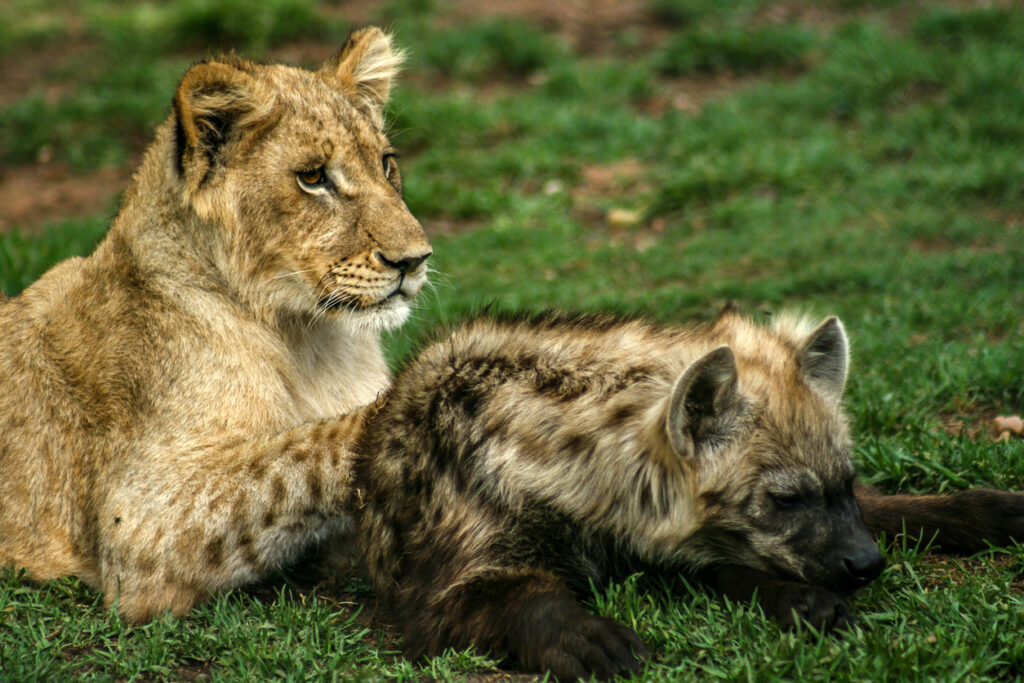
It’s as if every creature out for itself, doing whatever it takes to get ahead. However, that’s not always how it plays out. In fact, some animals form unexpected partnerships that tip the odds in their favour. These alliances aren’t about sentimentality; they’re about results. And often, they’re so effective, they’ve become an essential part of how these species survive.
Here are some of the most fascinating, rule-breaking animal partnerships that rewrite everything we think we know about competition in nature.
Coyotes and badgers team up to hunt more efficiently.
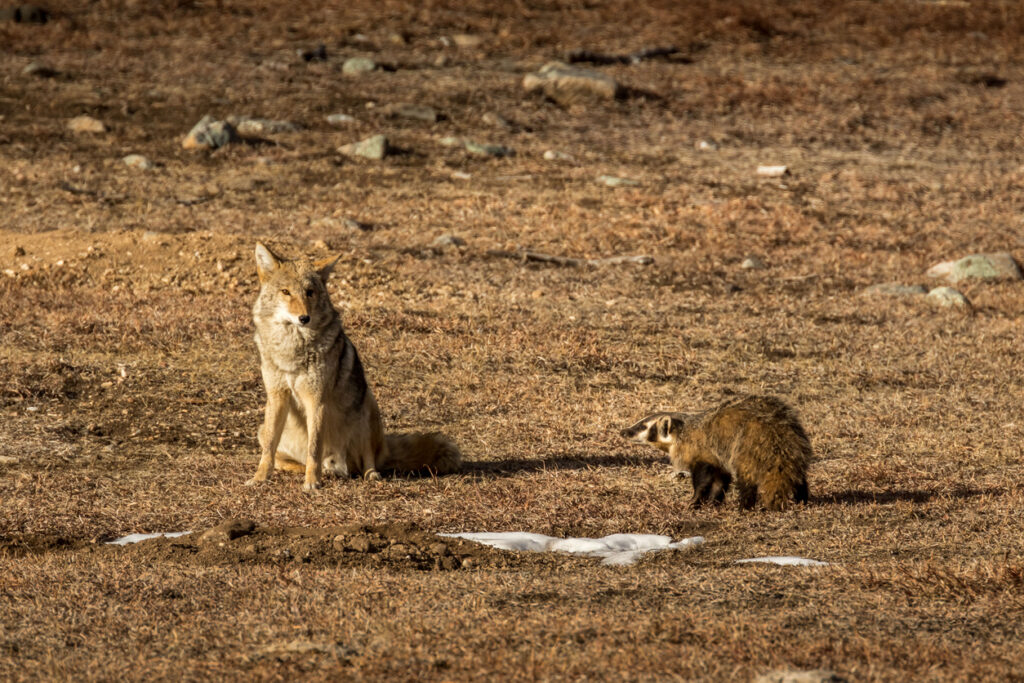
It might sound like a mismatch, one is fast and agile, the other is stocky and slow, but coyotes and badgers have been spotted working together to flush out prey. Coyotes chase down animals that run, while badgers are brilliant at digging up those that hide underground. Between them, they cover all bases.
Researchers in North America have documented this unlikely alliance in action. Interestingly, while coyotes often work well alone, they tend to catch more prey when teamed up with a badger, and the same goes for the badger. They don’t share the spoils, but both still benefit.
Oxpeckers keep large mammals clean, but it’s not all mutual.
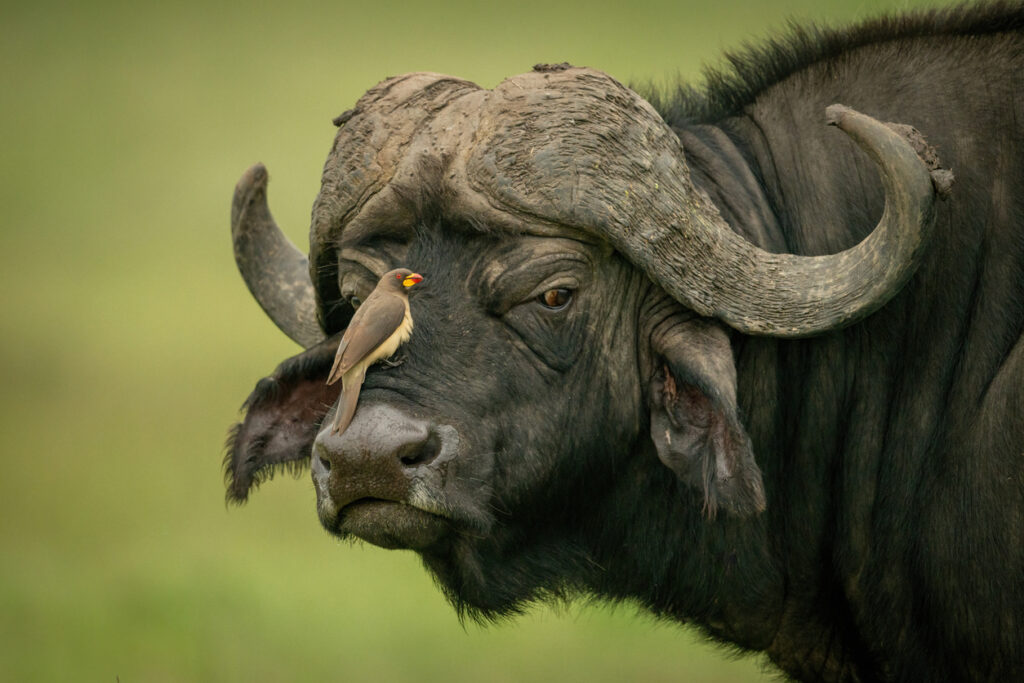
Oxpeckers, small birds found across Africa, are often seen perched on buffalo, giraffes, or rhinos. They eat ticks, dead skin, and even parasites from wounds. On the surface, it looks like a textbook example of mutualism: the bird gets food, and the mammal gets pest control.
But it’s not that simple. Some studies suggest oxpeckers may keep wounds open to keep feeding. So while the alliance helps reduce parasites, there’s a slight edge of exploitation too. Still, most animals tolerate their presence, which says something about the benefits.
Cleaner fish provide spa services on the reef.
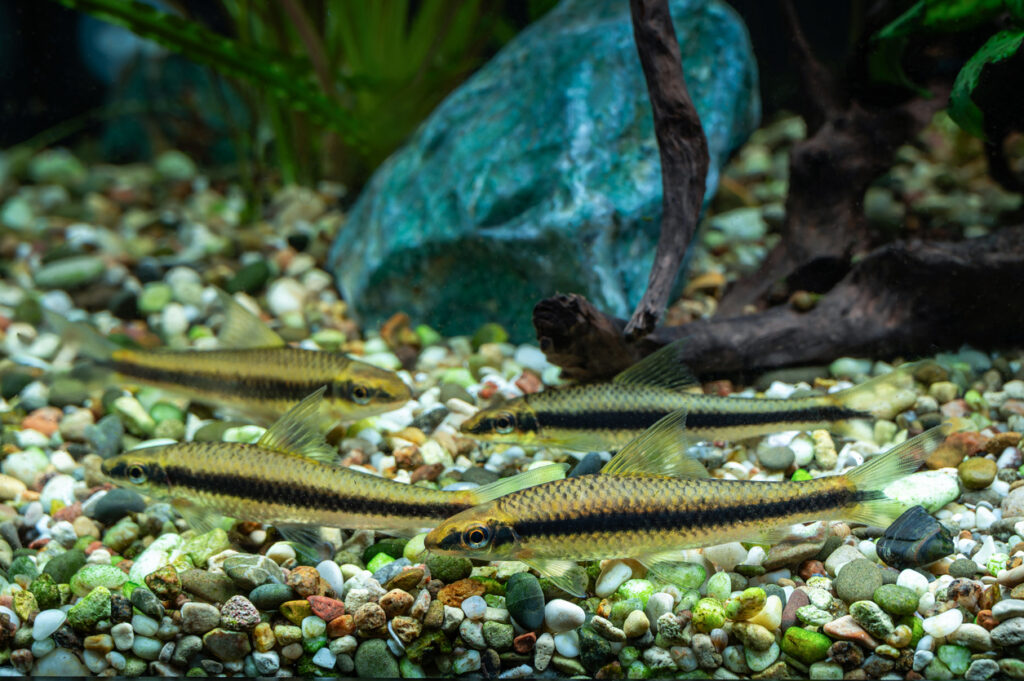
In tropical reefs, cleaner wrasses are the go-to fish for hygiene. They set up cleaning stations where larger fish, including predators, queue up to have parasites and dead skin removed. It’s a rare moment of truce in an otherwise hostile environment.
This relationship is so trusted that some fish will adopt a passive posture, letting the wrasse clean inside their gills or even their mouths. And while cleaner fish benefit by eating the parasites, the clients benefit by staying healthy and infection-free. A win-win.
Ants farm aphids like livestock.

Ants are resourceful. One of their stranger habits is herding and protecting aphids, which produce a sugary substance called honeydew. The ants stroke the aphids with their antennae to stimulate production, and fiercely defend them from predators.
In return, the aphids get protection. It’s a highly organised system, almost like a farmer and flock. Some ants even carry aphids to new plants to ensure a steady food source. It’s a clear-cut alliance that benefits both, though some scientists debate how much choice the aphids really have.
Birds follow army ants for an easy meal.
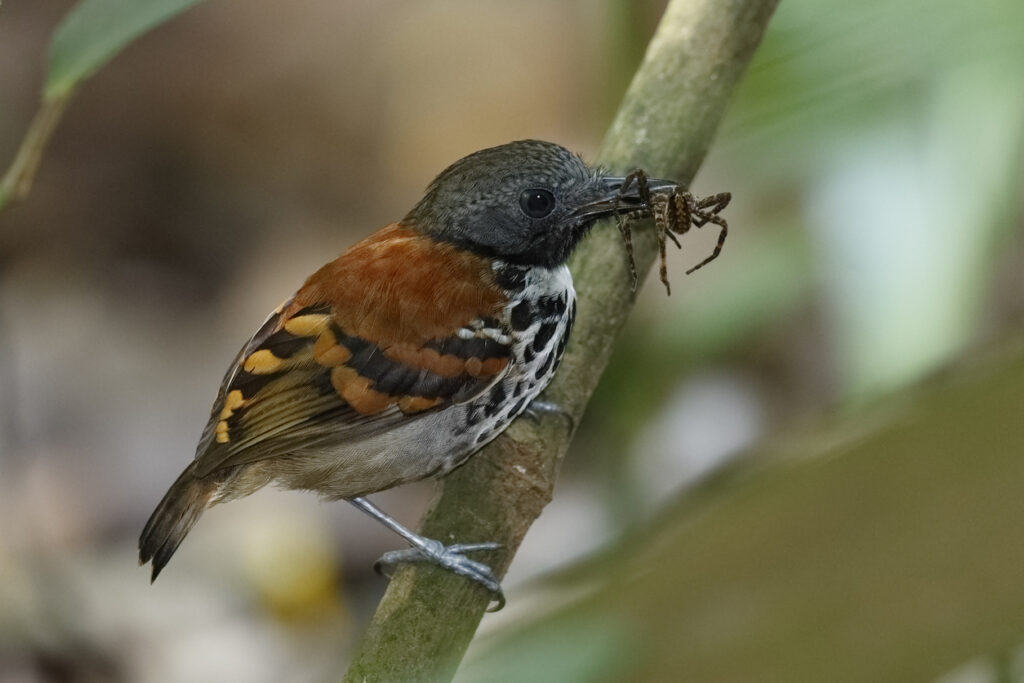
In Central and South America, some bird species have learned to track army ant swarms. As the ants march across the forest floor, they flush out insects and small animals trying to escape. The birds don’t eat the ants; they eat the fleeing prey.
This is a great example of commensalism: the birds benefit without affecting the ants. They essentially let the ants do the hard work of disturbing the undergrowth, then swoop in for the catch. It’s opportunistic, but it works, and it’s helped some bird species specialise entirely in this kind of foraging.
Zebras and wildebeest migrate together for better odds.
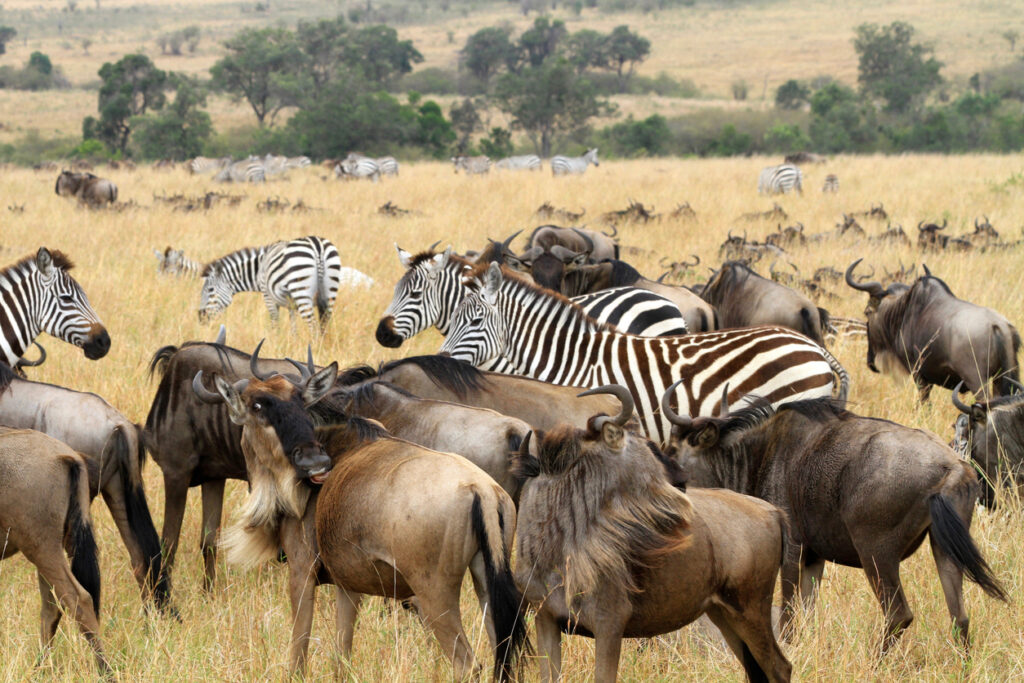
During the Great Migration in East Africa, wildebeest and zebras often move in the same vast herds. They graze on different parts of the grass. Zebras eat the long, tough bits while wildebeest prefer the fresh growth that follows. That makes them perfect companions.
More importantly, moving together offers safety in numbers. There are more eyes to spot predators and less chance any one animal will be targeted. It’s not a deeply bonded relationship, but it’s highly strategic, and it shows how different species can benefit from sticking close.
Pistol shrimp and gobies share a home, and duties.
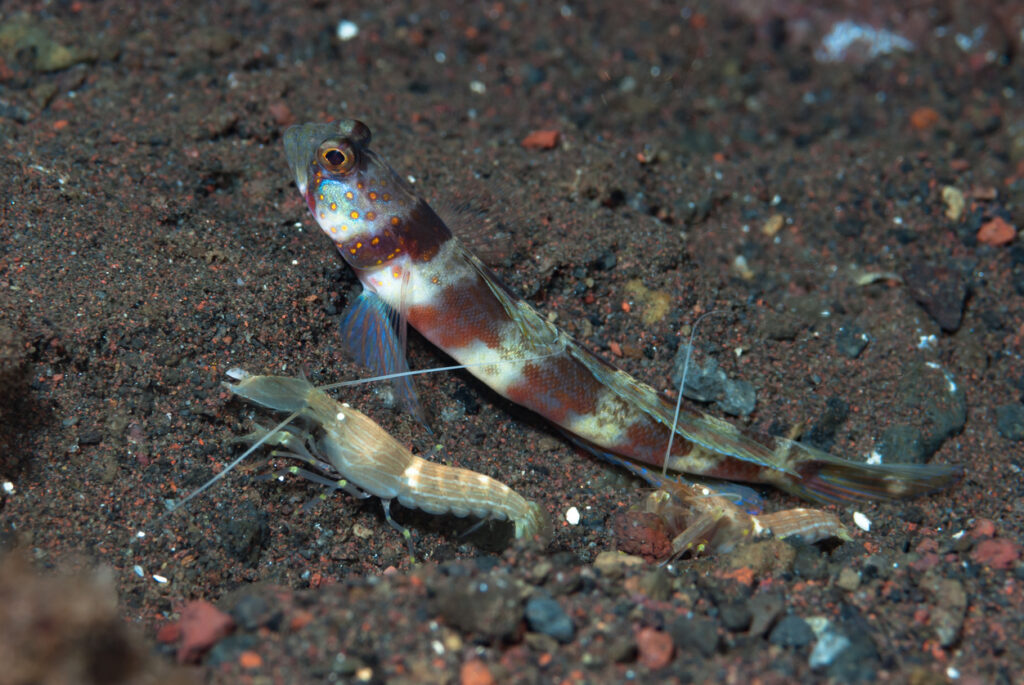
In the Indo-Pacific region, certain gobies and pistol shrimp live in close partnerships. The shrimp digs and maintains a burrow, which becomes a shared home. The goby, meanwhile, acts as a lookout—it has better vision and stays alert for predators.
The shrimp keeps one antenna on the goby’s tail at all times. If the goby flicks or darts, the shrimp knows to retreat. In return, the goby gets shelter. This partnership is so effective that many goby and shrimp species can’t survive without each other.
Meerkats use other animals as sentinels.

Meerkats are famously social and cooperative within their own groups, but they’ve also been observed paying attention to warning calls from other species, like drongos or squirrels. These calls help them detect predators early.
While it’s not a formal alliance in the traditional sense, it’s a functional one. In ecosystems where survival depends on early warning, listening to the neighbours can be the difference between life and death. It’s an unspoken agreement: if one sounds the alarm, everyone benefits.
Crocodiles and plovers may have a dental deal.
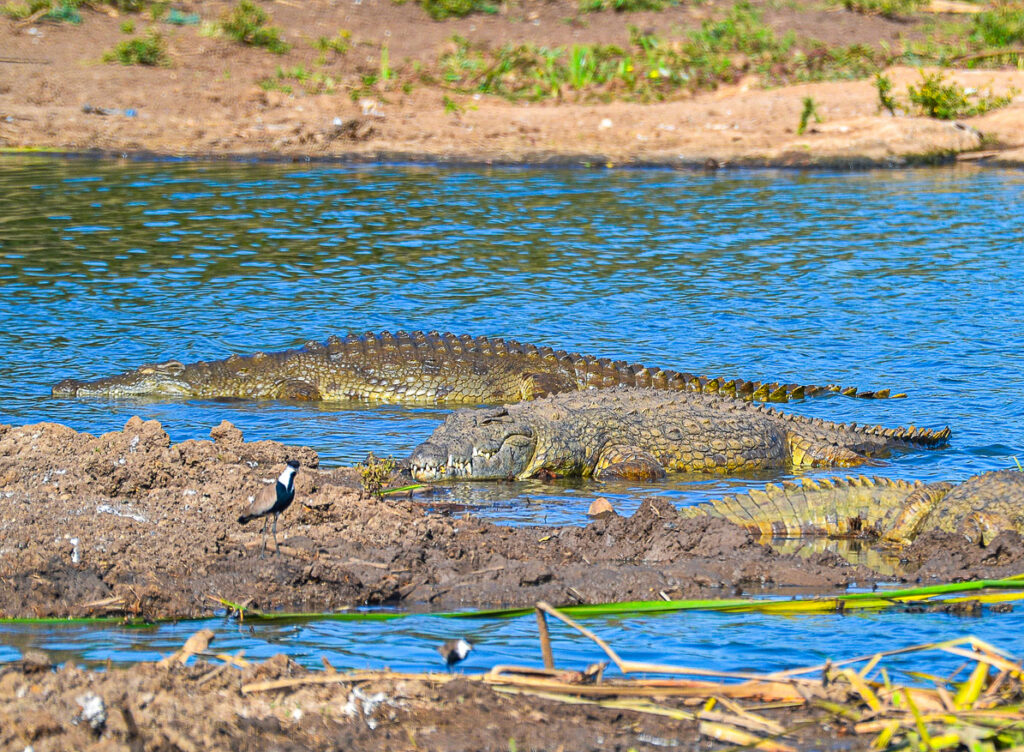
This one’s more debated, but it’s been observed often enough to earn its place here. Egyptian plovers, small wading birds, are said to pick food and parasites from between crocodile teeth. The crocs, rather than snapping their jaws shut, sit still and let them do it.
It sounds outlandish, but photos and sightings have kept the rumour alive. If true, it would be one of the boldest alliances in nature—a bird that dares to clean a crocodile’s mouth. Whether or not it’s regular behaviour, it’s a reminder that even the most dangerous animals might tolerate help.
Groupers signal moray eels to hunt together.
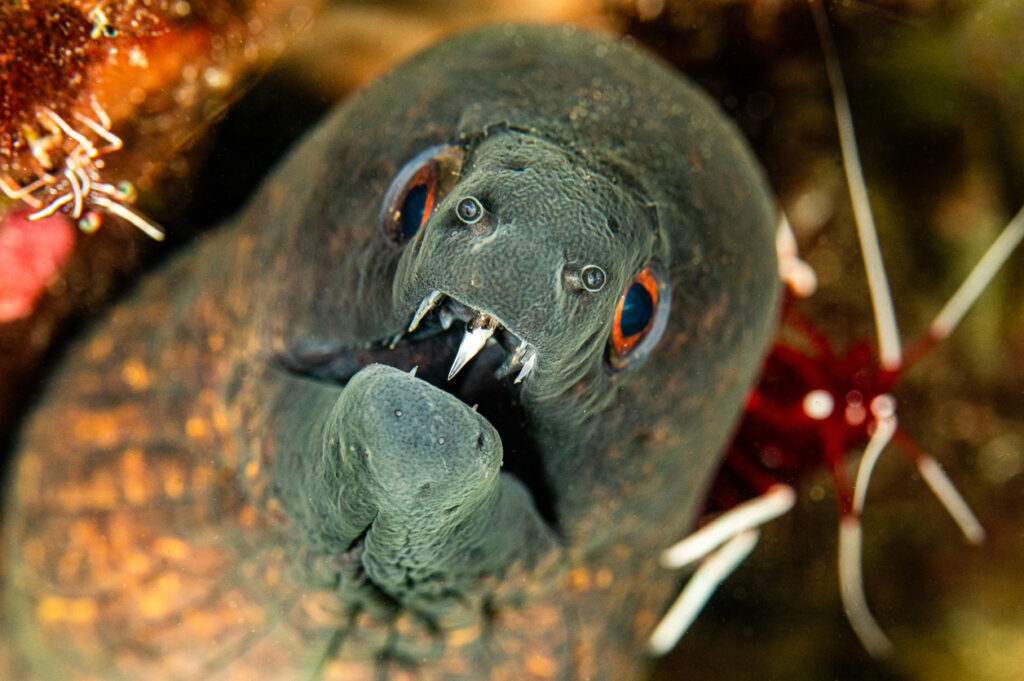
In the coral reefs of the Red Sea and Indo-Pacific, groupers and moray eels have been seen engaging in coordinated hunting. Groupers will actively approach eels and perform a head-shaking signal. If the eel accepts, it joins the grouper on a joint hunt.
The advantage is clear. Groupers are fast and can chase prey into crevices. Moray eels are slower but can reach inside those crevices. Together, they flush out prey that neither could catch alone. It’s an intelligent, voluntary partnership, and one of the few examples of cross-species communication for a joint hunt.
In a world where competition often grabs the headlines, these partnerships tell a different story.
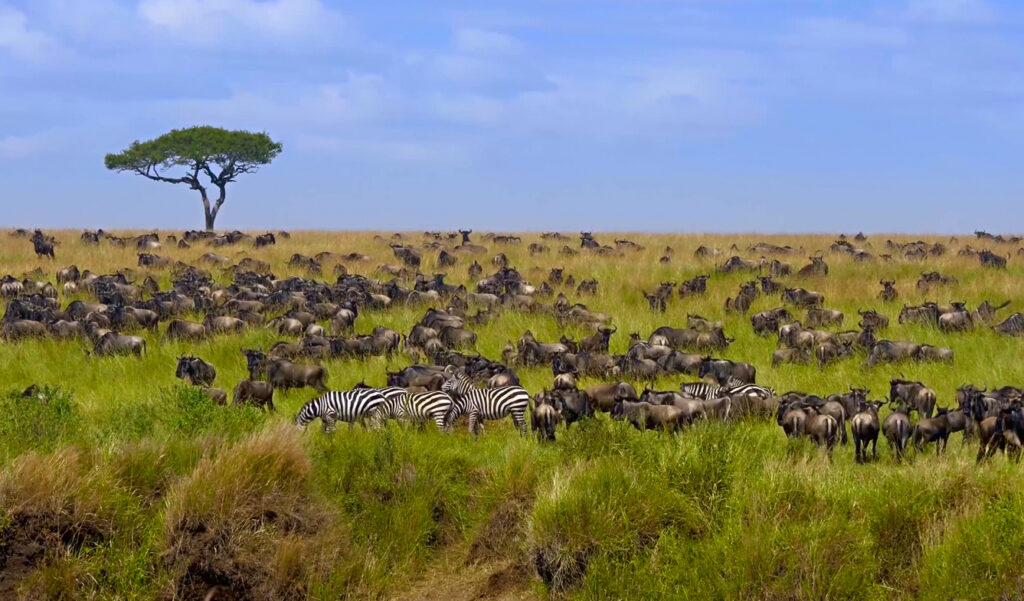
Nature isn’t just red in tooth and claw. It’s also strategic, flexible, and full of collaboration when it serves a purpose. These alliances aren’t based on goodwill. They’re based on need, survival, and advantage. And in many cases, they work far better than going it alone.
So the next time you think of the animal kingdom as every creature for itself, remember: sometimes the smartest move is to find a reliable partner, even if they look nothing like you.